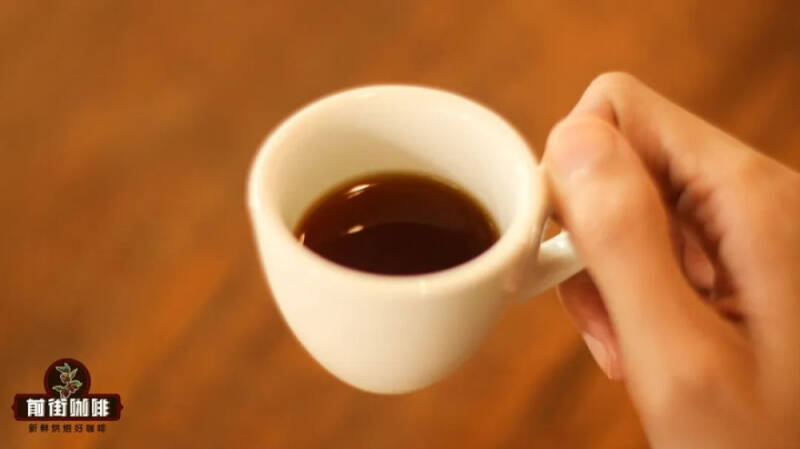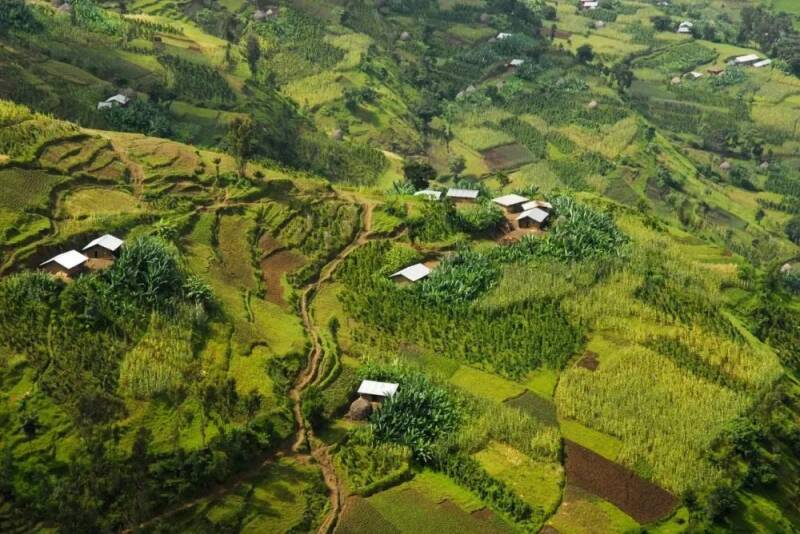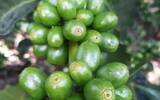What are the characteristics of Yejia Shefi coffee? Is Yejia Xuefei a variety or a place of origin?
Yega Xuefei is a producing area that most people think of at the first time when they talk about Ethiopia. Because the flavor recognition of coffee beans in this area is too high, Yega Xuefei can be independent from the West Dharma! In addition, there is a description of "Yega Sheffield". This makes many friends who have just come into contact with coffee wonder: what is the taste of Yega chiffon? So today in front of the street to share, this Ye Jia Xuefei flavor, what is the taste?

What on earth is the smell of Ye Jia Xuefei? Speaking of the Yega Chuefei flavor, we have to mention the planting pattern and geographical environment that gave birth to this unique flavor. First of all, let's talk about planting. Most farmers in Yejiaxuefei use the courtyard planting model to grow coffee trees, which means that coffee trees will be mixed with other economic crops in their courtyards. This allows coffee to be more carefully taken care of by farmers. Then there is the altitude of planting! Basically, Yega Xuefei's average coffee planting altitude is 1700 meters to 2200 meters, and the annual rainfall is 1300mm. This climate makes coffee trees grow slowly, coffee fruits have more time to absorb nutrients, and give birth to a unique coffee flavor.

However, its uniqueness can not be shown in the first place. At this point, to a large extent, it is due to the rough handling at that time that limited the performance of coffee beans! Before Yega Xuefei became independent, it used the same way of coffee treatment as other Ethiopian producing areas, which was a relatively rough "sun treatment". The reason why it is rough is that Ethiopia as a whole was relatively backward at that time and could not let the coffee have a delicate processing environment. In fact, sun treatment is to dry the freshly picked coffee fruit in the sun, after drying to a certain extent, you can peel off the shell, and then take out the raw coffee beans to complete the treatment! But the crux of the problem comes from the drying process. Our current drying process is to lay the coffee beans flat on the elevated bed and keep them away from the ground, so that the coffee fruit can reduce the pollution of dust when it is fermented in the sun.
But at that time, Essene Canon spread the coffee fruit directly on the ground. On this ground, it may be in the courtyard of the farmer's house, on the mud on the balcony, or even spread the coffee fruit directly on the dirt road where people come and go. As a result, coffee beans are often contaminated by dust when drying, reducing the quality and creating a very wild odor. The original flavor of coffee is masked by such a negative taste. In 1972, in order to improve the quality of coffee beans in the country, the Ethiopian government introduced washing treatment from Central and South America and opened a washing plant. And this washing treatment plant is set up in Yega Xuefei. Washing treatment can retain the original flavor of coffee to the greatest extent, because in the process of treatment, there are few opportunities to pollute coffee beans. This makes it possible for the local coffee beans to shake off the negative factors that used to cover the flavor after the establishment of the washing plant in Yejashafi. Better bloom its own flavor: elegant jasmine, bright citric acid, and the fresh taste of green tea. This is the excellent flavor of Yejashifei coffee under clean washing treatment.
Due to the outstanding effect of washing treatment, the local farmers in Yejasuefei used water washing treatment on all coffee beans. This led Yega Xuefei to produce washed coffee beans for a long time. Then, because this unique flavor was too dazzling in the producing area of Sidamo, Yega Xuefei became independent from it. At the time of independence, the four producing areas around the small town of Yejasuefei were also included in the "Yejashafi producing area", namely, the northern producing area of Wenago (Venago), the southern producing area of Kochere (Kochel), and the western producing area of Gelena (Golden Reina) and Abaya (Abaya). But Qianjie needs to remind you that Yega Xuefei is only independent in the coffee producing area, and in terms of administrative division, it still belongs to Sidamo.
How should I make the coffee beans? In order to better show the floral and fruity flavor of Yejia Xuefei, most of the Yega beans used in single coffee are roasted in a medium and shallow way.
The characteristics of medium and shallow roasted coffee beans are that the quality is hard and the extraction is difficult, so we need to use fine grinding to increase the surface area and improve the extraction efficiency. At the same time, due to the high density of shallow baked beans, it is easy to block the water, so we need to use a V60 filter cup with higher temperature to complete a rapid cooking, so that the flavor can be extracted at the same time, to avoid the negative situation of over-extraction because of blockage! The parameters used in the front street are as follows: sample coffee beans: Yega Fischer (washed) coffee powder: 15g brewing water temperature: 92 °C (for thicker friends, please use 93 °C) grinding scale: 10 scales of Ek43, 85% screening rate of No. 20 screen. Ratio of powder to water: 1:15 (i.e. 15g powder, need to be injected with 225ml hot water) use filter cup: V60 cooking method: three-stage type
We first steam the coffee with twice the amount of water for 30 seconds to release the carbon dioxide in the coffee; after the steaming is over, the second stage of hot water (120ml) is injected at an average speed around a large circle; when the water level is about to bottom, we use a small circle at a uniform speed to inject the last section of hot water (75ml); finally, as long as we wait for the coffee to be filtered, we shake it evenly and then we can enjoy the coffee!
It takes 2 minutes and 09 seconds to brew, and the flavor of the extracted coffee is: Jasmine, lemon and green tea! The flavor is outstanding but not exciting, the finish is long, and the whole is very clean and delicate. And this is what coffee lovers often call "Yega Chuefei".
-END-
Front Street Cafe
No. 10 Baoqian street, Yandun road, Dongshankou, Yuexiu district, Guangzhou, Guangdong province
Important Notice :
前街咖啡 FrontStreet Coffee has moved to new addredd:
FrontStreet Coffee Address: 315,Donghua East Road,GuangZhou
Tel:020 38364473
- Prev

During the five-day holiday, there are 6 Shanghai Coffee Festival
▲ Click to pay attention| Daily boutique coffee culture magazine coffee workshop holiday is approaching. Have you all made travel plans? However, according to previous years, the May Day holiday is basically the peak travel season, and people are everywhere. If you want to go out and visit the store for a cup of coffee, you probably have to queue up. At times like this, some pursuits
- Next

What kind of coffee is the navel? What does the navel taste like in the border estate of Colombia? What is thermal shock fermentation?
Front Street Coffee: Colombia·Dividing Line Estate Big navel Production Area: Huilan Production Area Estate: Dividing Line Estate (Finca El Diviso) Elevation: 1700 meters Processing method: Double anaerobic sunshine Variety: Big navel Flavor: Grapes, oranges, blueberries, pineapple juice, spices, fermented aroma 2
Related
- What is the standard process for the purpose of coffee cup testing? What is the difference between hand-brewed coffee and cup testing?
- How to use hand-brewed coffee paragon small golden balls? How does cold coffee lock in the aroma of coffee?
- Is American coffee black? What is the difference between American coffee and drip coffee?
- Unexpected! Well-known tea beverage brand Lele Tea will withdraw from the Zhengzhou market!
- Starbucks enters the fashion and beauty industry?! Netizen: Give me an ice American eye cream
- Why can American refills for free? The difference between Americano and American drip pot coffee
- Being chased out of the rain in front of Starbucks?! Store: Sheltering from rain under umbrellas poses a safety hazard
- The white moonlight has changed?! Lucky launches "Big Winter Pear American"
- Hand-brewed coffee three-stage method, high-sweet and universal brewing method to share! What does the high sweet water level of hand-brewed coffee mean?
- What is the difference between raw, refined and full espresso coffee? How to extract espresso and taste good?

